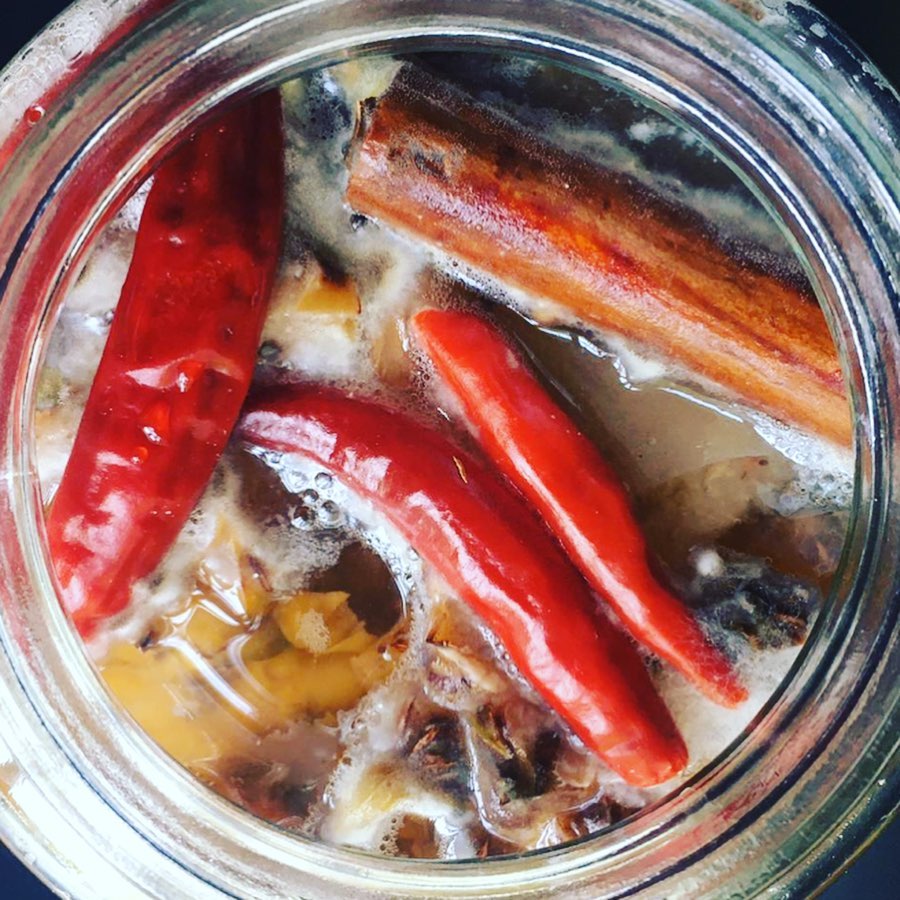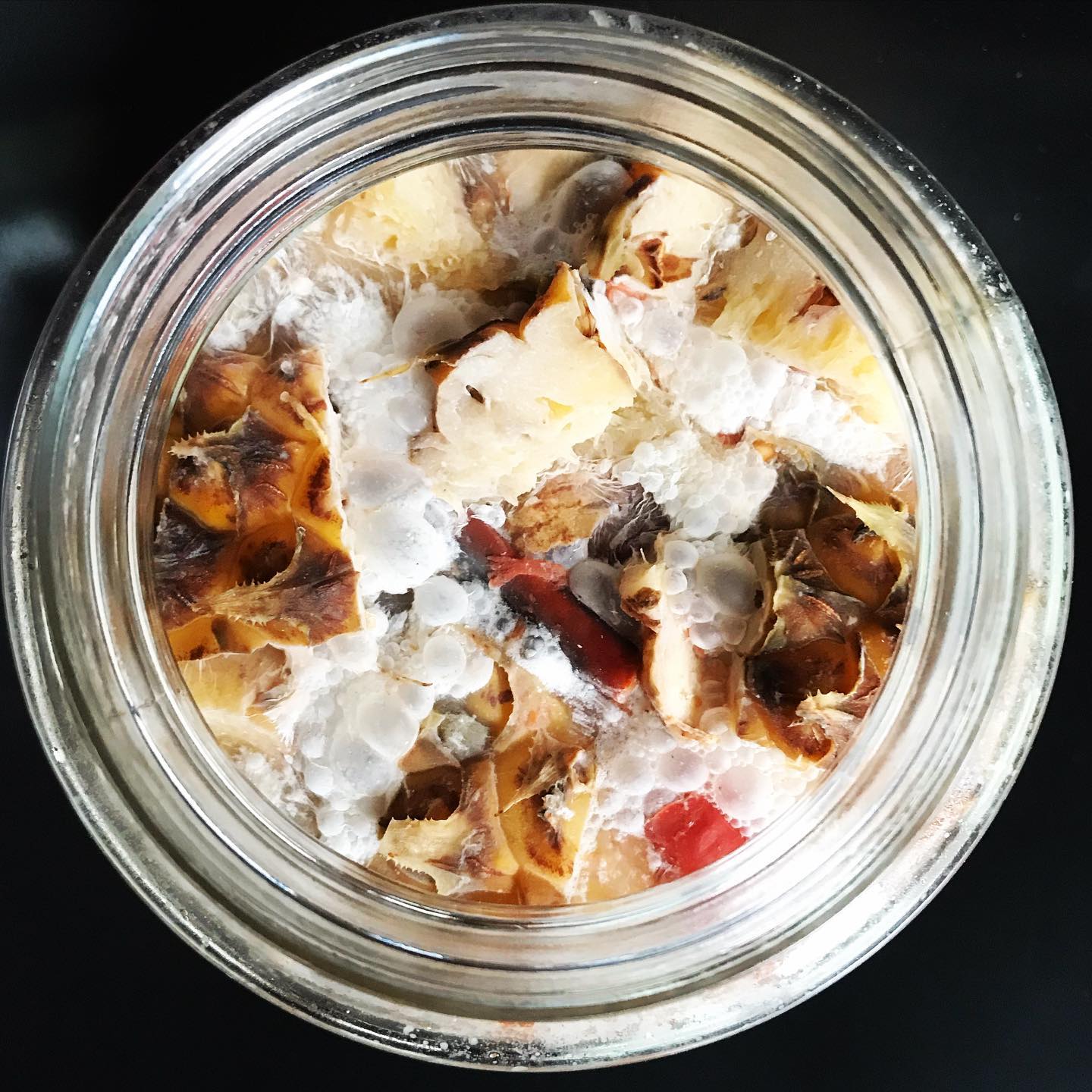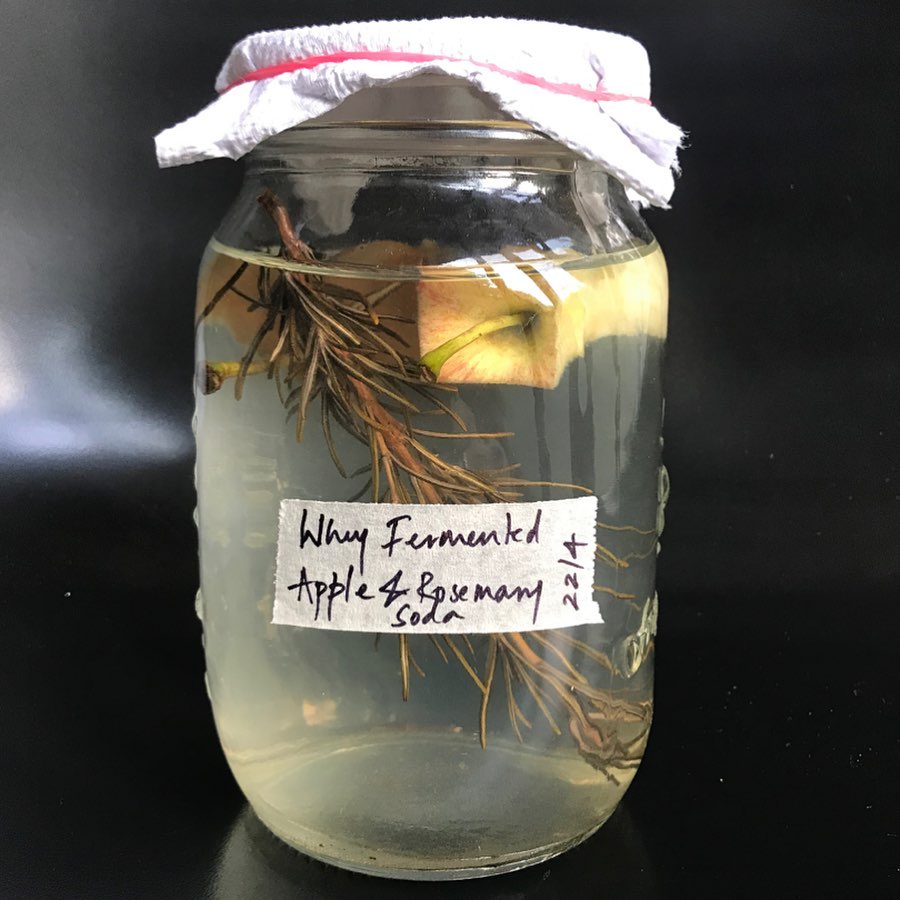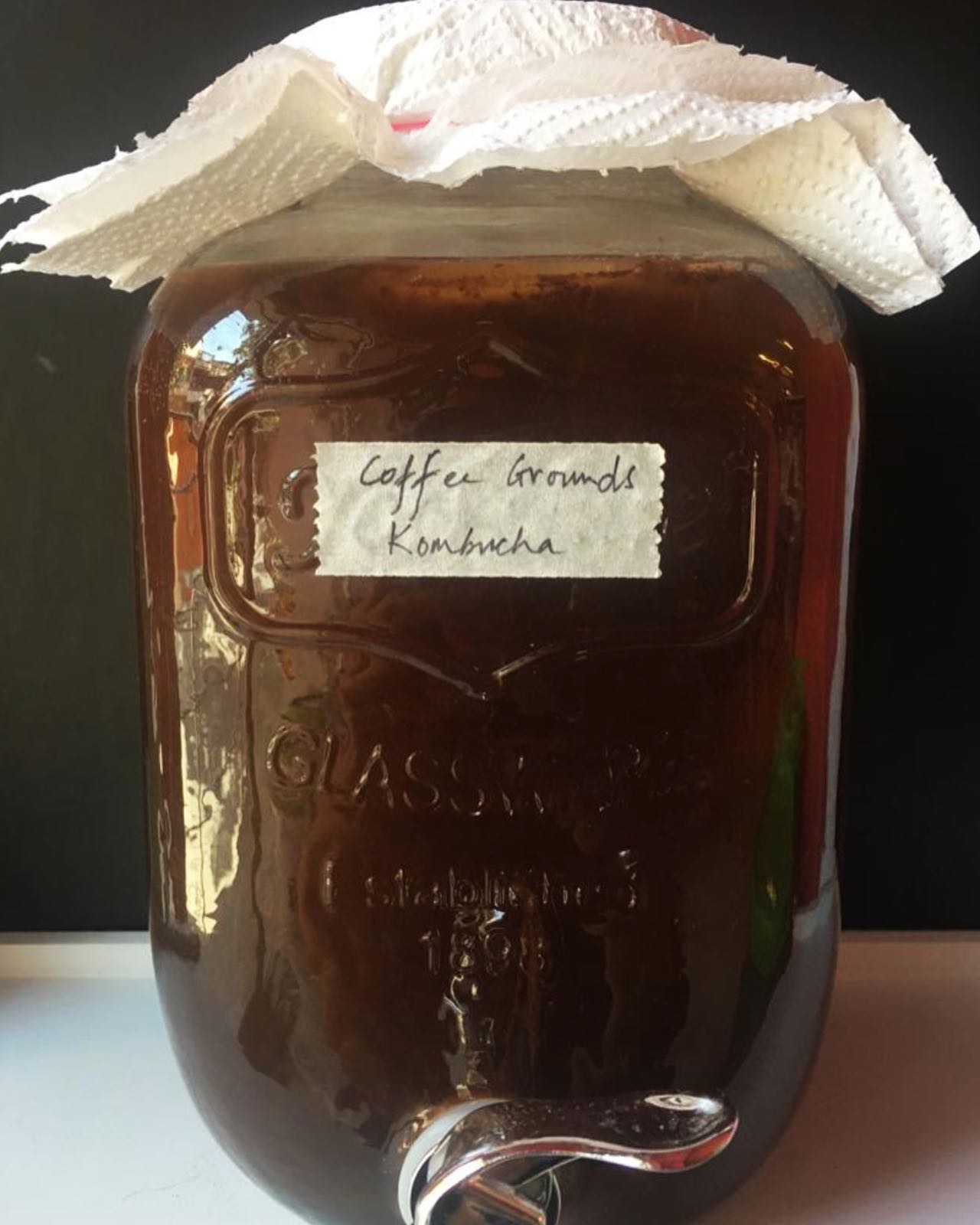Meet the Shepherd of Microbes, Payal Shah of Kobo Fermentary.
Have you ever heard of microbe farms? Meet Payal Shah, the “shepherd of microbes” at Kobo Fermentary, a community building “non-recipes”, new techniques, and troubleshooting fermentation for humans and microbes alike. Over the last two decades, Shah, also fondly called Lady Kobo, has dedicated her life to understanding and nurturing these tiny invisible creatures.
Microbes are everywhere, and they are already doing their thing, but we just can’t see them. Lady Kobo tells us that by creating the right environment for microbes, they can produce an array of nutrients, flavour compounds, enzymes, and vitamins, all of which are beneficial to us. She describes the process as “herding” the microbes, just like a shepherd takes care of their sheep.
A microbial farm could be (and is) on a granite kitchen counter that rests the matka of curd or dosa batter our mothers set the previous night, or in the aachar so carefully salted, spiced, and mixed.
But it’s not just about farming the microbes themselves. Shah is interested in what the microbes leave behind, a.k.a. “microbe poo”, that they produce. These interestingly include prebiotics, probiotics, and post-biotics, all of which are vital to our health.
Shah says that microbial farms have multiple applications, not only for good gut health, but also for great environmental health. They can help us deal with food waste management, and with upcycling of food, in ways that are both interesting and flavourful.



Now that we believe these farms exist, where can they be located? The answer is simple: anywhere. Microbes are everywhere, even on other planets. So, what do the microbe farms on planet Earth look like? You might be thinking – tiny robots flitting around, delicately tending to the bustling microbial communities. Soft LED lights that mimic sunlight, casting a gentle glow that nourish the thriving microorganisms, surrounded by curious minds observing keenly through high definition microscopes.
These ideas of fermentation often seem intimidating and out of reach. As my conversations about Kobo Fermentary progress, I come to realise that the idea of what we want these farms to look like or how they can benefit us are all in our head, and importantly our hands.
A microbial farm could be (and is) on a granite kitchen counter that rests the matka of curd or dosa batter our mothers set the previous night, or in the aachar so carefully salted, spiced, and mixed. A microbial farm could be in that jar of sourdough starter lent by an old friend, or in some kimchi experiments that you’d been excited to try, mixed together diligently but now forgotten. That is all that a microbial farm is, and that is all that it needs to be.
The farm is in our hands – and our heads – but still, the math of ratios and time is important to nurture the farms correctly, Shah stresses. As she opens her fridge door to reach for her newest ferments – I peer at all the jars, bottles and containers; all sizes, all kinds of active life, producing and growing with flavour.


Shah believes that it’s all about understanding how much microbes can do for us, and then harnessing their power. She predicts that in the next few decades, we will see a “microbial revolution”, as we realise the potential of these tiny creatures.
Microbial farming is not just about space; it’s about time. This is a time where we are starting to see an ‘Industrial Revolution of microbes’ – we are beginning to understand the role they play in our food, our world and our bodies, and what they can do for us. With the huge strides made by humans in the last five years towards harnessing microbes’ power, there is no way to predict where we might be with microbial agriculture in a couple of decades.
Microbial farms may be small, but they have a big impact. With Shah as their shepherd, these tiny creatures produce an array of nutrients and compounds that are beneficial to our health and the environment. The possibilities of microbial farming are endless; it’s exciting to see what the future holds.


Payal Shah calls herself a Shepherd of Microbes at Kōbo Fermentary. She is not a chef or a food scientist or even a microbiologist, but a trained psychologist who just likes to eat and dive deep into rabbit holes to explore the wonderful world of fermentation.
Learn to be your own microbial farmer with Kobo Fermentary’s series of toolkits and playbooks: https://www.kobofermentary.com/

